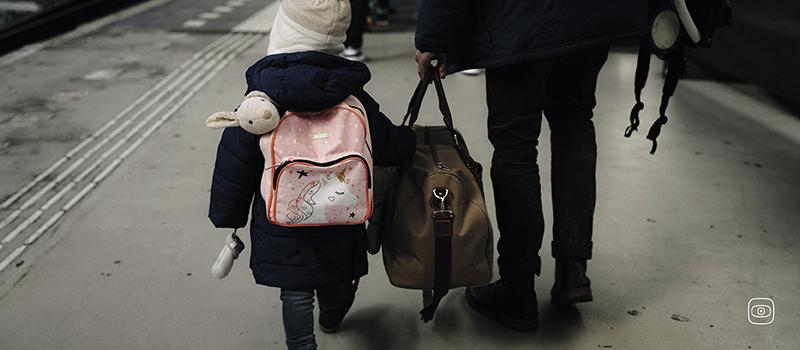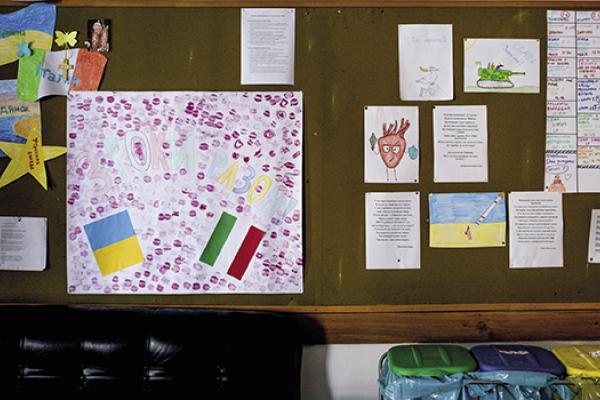The Convention was designed to ensure the swift return of children to their “habitual residence” and to deter harmful abductions. In practice, however, it is frequently used against primary caregivers – mostly mothers – who leave violent partners with their children. Although the Convention includes an exception allowing courts not to return a child when there is a “grave risk” of physical or psychological harm (Article 13(1)(b)), this safeguard is applied only rarely in many jurisdictions. The investigation is built on deeply documented case studies of mothers from different countries whose experiences illustrate systemic patterns.
The project combines qualitative case work with documentary and data analysis. The team first conducted exploratory interviews with international organisations working on Hague cases and domestic violence, such as Hague Mothers/Filia, Migrant Women Network, GlobalARRK, OHCHR and WAVE, to understand the broader context. In cooperation with these NGOs they issued a written call to women affected by Hague proceedings, inviting them to share their stories. On this basis – complemented by additional searches through local organisations and expat networks – they conducted trauma-informed interviews with around 25 “Hague mothers”.
Their accounts were cross-checked against court judgments and legal filings, police reports, hospital and medical records, psychological assessments and other expert documents, and in many cases also verified with their legal representatives. Both journalists also collected quantitative data in their own countries on the annual number of Hague Convention return proceedings, the proportion of cases resulting in return orders, and the rate at which courts recognise a “grave risk” under Article 13(1)(b). They further extended this data collection globally and supplemented it with broader statistics on domestic violence, coercive control and child safety.
Together, these narratives and data show how a legal instrument created to protect children from abduction can, in domestic-violence cases, end up sending them – and their primary caregivers – back into danger.
Photo by Mathias Reding on Unsplash






